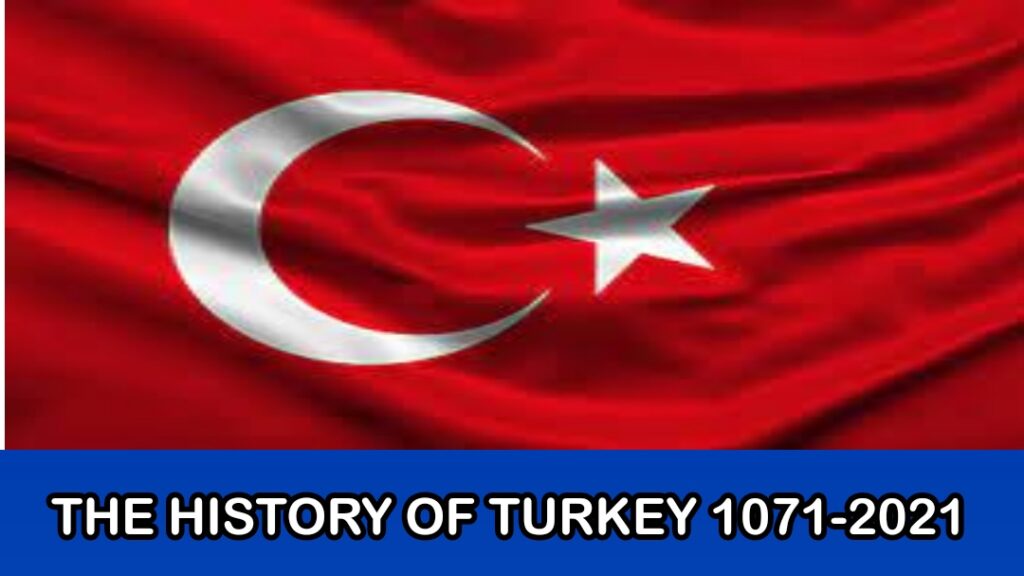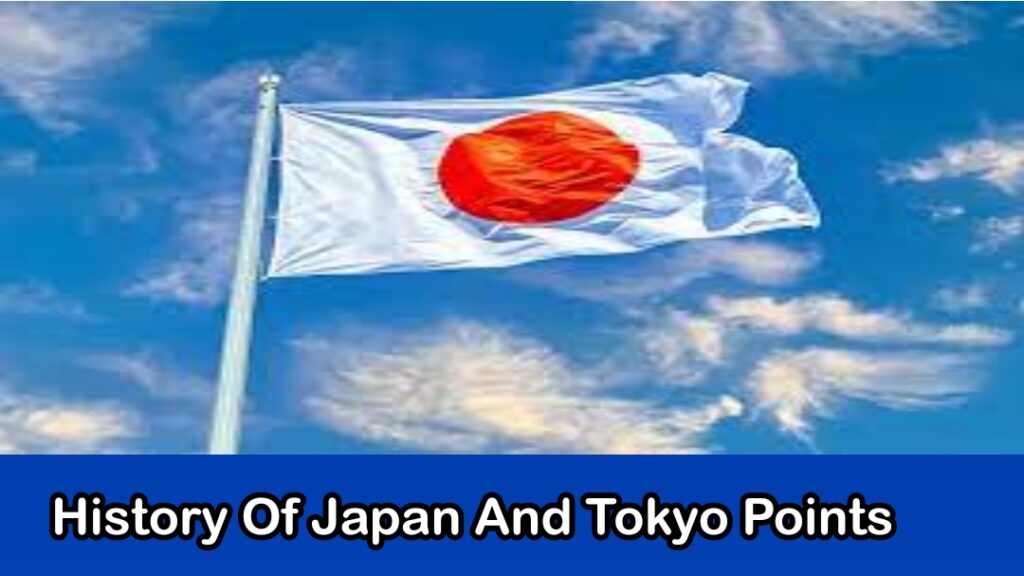THE HISTORY OF TURKEY 1071-2021 We Can Comprehend As The Period Between The Development Of The Republic In The 29th Of October 1923 And The Current Days Or The Time Of Footstool And Turkic Fortes Yet We Will Allude To The Whole Time Of Known History Of This Land [Music] Essentially.
The Historical Backdrop Of The District Presently Framing The Domain Of The Republic Of Turkey As Well As Anatolia The Earliest Portrayals Of Culture In Anatolia Were A Stone Age Curios Because Of Its Essential Area At The Convergence Of Asia In Europe Anatolia Has Been A Significant Spot Of A Few Civic Establishments.
Since Ancient Times Toward The Beginning Of The Bronze Age Metallurgy Spread To Anatolia From Transcaucasian Societies In The Late Fourth Thousand Years BCE And It Gradually Entered In The Range Of Prominence Of The Akkadian Realm Numerous Civic Establishments Existed Here Talking Around One The Hittite.
Ancient Anatolian Civilizations
Progress Was An Individual From An Old Indo-European Individuals Who Showed Up In Anatolia Toward The Start Of The Second Thousand Years BCE By 1340 BCE They Have Become One Of The Prevailing Abilities In The Center East The Remainders Of Bronze Age Civilizations, For Example, The Haitian Akkadian.
Assyrian In Hittite People Groups Give Us Numerous Instances Of The Regular Routines Of Its Residents And Their Exchange After The Fall Of The Hittites The New Province Of Phrygia And Lydia Remained Steadfast In The Western Coast As Greece Civilization Thrived They And The Remainder Of Anatolia Were Moderately.
Before Long Integrated Into The Persian Domain More From The East Another Influence Arose Persia Filled In Influence To An Ever Increasing Extent And Impacted The Grounds Of The West Extending In Anatolia Their Arrangement Of Neighborhood Government In Anatolia Permitted Numerous Urban Communities.
Rise of the Ottoman Empire
And Ports To Develop And To Be Rich Due To The Flood Of Exchange And Street Networks Between The East And West The Area Of Anatolia Got Separated Into Different Areas Satrapies Governed By Satraps Lead Representative’s Designated By.
The Focal Persian Rulers In The Earliest Fifth Century BC A Portion Of The Ionian Urban Areas Under Persian Rule Revolted Which Finished Into The Ionian Revolt This Revolt In The Wake Of Being Handily Smothered By The Persians Prompted The Well Known Greco-Persian Conflicts One Of.
The Most Known And Critical Conflicts From The Old History This Snap Persian Conflict Prompted The More Struggles In Greek Promontory Battles For Influence And Impact Occurred And A Vengeance Opinion Blended In With Great Initiative Prompted The Net Of Macedonian Realm Under Philip Ii And His Child Alexander.
Conquests and Expansion
The Extraordinary Who Oversaw The Entire Locale And Vanquished Persia In Progressive Fights Starting Here Anatolia Was Increasingly More Affected By The Hellenic World After Alexander’s Demise His Triumphs Were Parted Among A Few Of His Confided In Commanders The Seleucid Realm The Biggest Of Alexander’s.
Domains And Which Remembered For At Olia Became Engaged With Battles With Rome More Years After The Fact The Ascent Of Rome Was Felt Across The Mediterranean Bowl The Control Of Anatolia Was Reinforced By Rome Permitting Nearby Control To Oversee Successfully.
And Give Military Security Growing Profound Into Anatolian Domain The Region Here Created In Roman Times Because Of The Ascent Of Shakiness In The Realm And The Super Durable Strikes From Unfamiliar Trespassers In The Fourth Century Promotion The Head Constantine The Extraordinary Laid Out Another Regulatory.
Golden Age of Ottoman Culture
Focus At The City Of Byzantium Called Out To Constantinople After Him And Toward The Finish Of The Fourth Century The Roman Realm Split Into Two Sections The Western Part With Rome As Its Capital In The Eastern Part With Constantinople As Its Capital A Realm Alluded To By Students Of History As The Byzantine Domain.
The Course Of Hellenization That Started With Alexander’s Victories Advanced Rapidly Under Roman Rule And The Old Greek Language And Culture Was Prevalent In The Area Turkic People Groups And Related Bunches Relocated West From Turkestan And What Is Currently Mongolia Towards Eastern Europe Iranian Level And Anatolia.
The Seljuk Turks Made A Middle Age Realm That Controlled A Tremendous Region Extending From The Hindu Kush To Eastern Anatolia And From Focal Asia To The Persian Bay Many Conflicts The Arising Of New Domains Relocations Assaults And The Inadequacy Of Certain Pioneers Made The Sluggish Course Of.
Decline and Modernization Efforts

World War I and the End of the Empire
The Byzantine Decay Over The Course Of Time Their Downfall And The Developing Influence Of The Seljuqs Prompted The Contentions And To The Popular Clash Of Men’s Happened On 26th Of August 1071 Which Is Accepted To Be The Open Entryway For The Turkic Nation Which Will Arrive In An Intaglio In.
The Following Long Stretches Of Time This Significant Fight Was Battled Between The Byzantine Realm And The Seljuk Realm Close To Man’s Happened The Loss Of The Byzantine Domain In The Catch Of Their Ruler Romano’s Diogenes The Fourth Is A Significant Section Throughout The Entire Existence Of Anatolia And.
Throughout The Entire Existence Of What Will Be Known As The Ottoman Domain And The Republic Of Turkey The Sultanate Of Rûm Withdrew From The Incredible Seljuq Domain And They Administered Focal Anatolia As The Seljuk Sultanate Of Rûm Began To Disintegrate Numerous Other.
Turkish War of Independence
More Modest Locales Arose Governed By Various Pioneers These Little Realms Were Called Bey Licks One Of Them Was Managed By Osman Which Will Be Known As Osman The Principal The Organizer Behind The Ottoman Domain It’s Accepted.
That Osmond’s Early Supporters Comprised Both Of Turkish Ancestral Gatherings And Byzantine Mavericks Yet Not All Were Muslims It Isn’t Known Without A Doubt The Way That This Balak Began To Rule The Area Yet One.
Thing Was Certain The Byzantine Realm Was Truly Weak The New Realm Ventured Into Europe Overcoming Nearby Pioneers And Taking Benefit From The Flimsiness Of The District Continuously 1400 The Footrests Were A Genuine Influence Having Control Of A Large Part Of The Balkans And Western Anatolia.
Secular Reforms and Modern Turkey
The Breakdown Of Constantinople In The Extended Time Of 1453 And The Finish Of The Last Remnants Of The Roman Domain United Their Influence In Their Reputation For The Following Hundreds Of Years In Which The Realm Will Grow Much Further Arriving At Its Top In The Sixteenth And Seventeenth Hundreds Of Years Expansion’s Lost Fights.
The Losses Against The Russians In The Habsburgs And Some Emergency And Uprisings Denoted The Decay Of The Ottomans The Beginning Of The Nineteenth Century Was Set Apart By Public Developments Many Individuals From Various Identities Lived In Various Domains Or Authoritative Structures.
And Uprisings Began To Happen The Serbian Unrest 1804 To 1815 Denoted The Start Of A Period Of Public Arousing Likewise Even A Few Bedouins Drove By The Al Saud Family Rebelled Against The Ottomans In 1821 The Greeks Pronounced Battle On The King Accomplishing Freedom In 1830 The French Attacked Algeria.
Geopolitics and Regional Influence
Which Was Lost To The Domain In 1831 Muhammad Ali Revolted And Made A Nationwide Conflict Determined To Create Himself King As We Can See The Ottoman Experienced Colossal Unsteadiness Set Apart By Routs Terrible Organization Rebellions And Public Developments Across The Realm Because Of Its Over Augmentations On Lands With Various People Groups And Societies.
The Realm Went On Before Very Long Of The Nineteenth Hundred Years To Lose Wars And Domains And To Flop In The Making Of New Changes The Breakdown Of The Domain Is A More Definite Subject However To Find Out About That We Previously Made A More Point By Point About Their Breakdown Toward.
The Beginning Of WWI The Ottoman Domain Was At Its Last Days Joining The Focal Powers In The Contention After Their Loss The Realm Disintegrated And A Considerable Lot Of Their Domains Were Surrendered For Greece Italy England And France This Shortfall Made The Beginning Of The Turkish Public Development.
Which Will Be Known As The Turkish Conflict Of Autonomy Drove By Mustafa Kemal By September Eighteenth 1922 The Possessing Armed Forces Were Removed On November First The Recently Established Parliament Officially Nullified The Sultanate Consequently Finishing 623 Years Of Ottoman Rule.
Cultural Heritage and Contemporary Challenges
The Settlement Of Lianne Of July 24th 1923 Prompted The Global Comprehension Of The Sway Of The Recently Shaped Republic Of Turkey As The Replacement Condition Of The Ottoman Domain And The Republic Was Formally Broadcasted On October 29th 1923 In The New Capital Of Ankara Mustafa Kemal Turned Into.
The Republic’s Most Memorable Leader Of Turkey And Thusly Presented Numerous Extreme Changes More Privileges For Ladies Were Laid Out Another Composing Framework In The Latin Letter Set For The Turkish Language Was Made And Numerous Others Turkey Was Unbiased In The Second Great War And They Rejected German Solicitations.
To Permit Troops Admittance To Its Lines Into Syria Or The USSR Because Of The Developing Strains Of The Virus War The U.S. Surefire The Security Of Turkey And Greece Turkey Joined NATO In 1952 A Significant Part Particularly Because Of Its Geographic Situation At The Boundary With USSR On The Island Of Cyprus Precariousness.
THE HISTORY OF TURKEY 1071-2021
And Clashes Began To Exist And A Tactical Upset Of July 1974 Ousting President Macario’s And Introducing Nico Sampson As A Despot Turkey Attacked The Cyprus In 1974 Later The Turkish Republic Of Northern Cyprus Was Laid Out However Turkey.
Remembers It The Single Party Time Frame Was Trailed By Multiparty A Majority Rules System After 1945 The Turkish Majority Rule Government Was Intruded On By Inside Issues And By Military Coos In 1960 1971 And 1980 Since The Progression Of The Turkish Economy During The 1980s.
The Nation Has Delighted In More Grounded Monetary Development And More Prominent Political Dependability Likewise A Blast In Populace Occurred In This Nation Developing From 17 Million Individuals During The 1930s To More Than 80 Million Today We Know.

